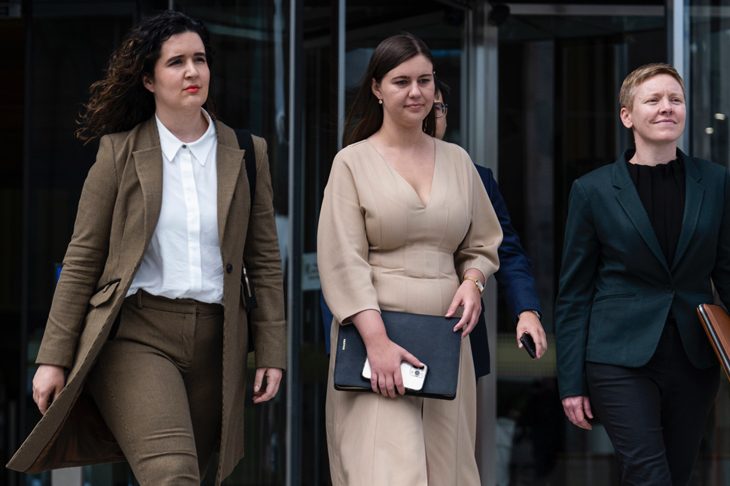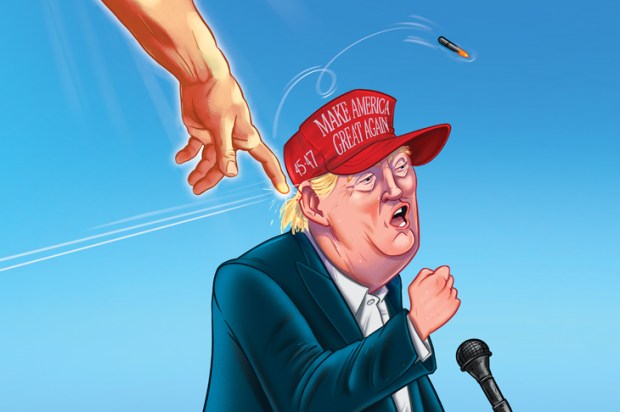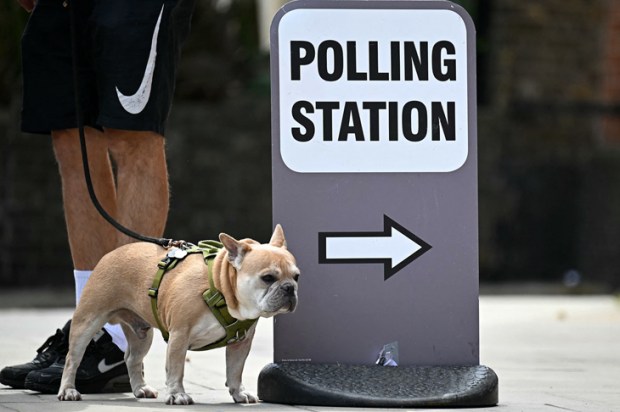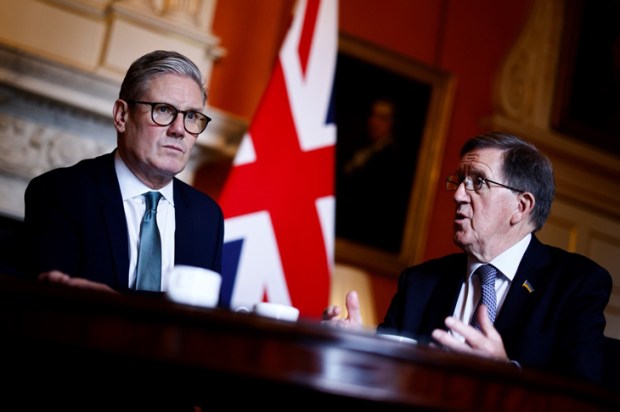If readers think the US Supreme Court (Scotus) really shook things up in the recent Dobbs decision – that’s the one that over-turned the 1973 Roe v. Wade case that basically had made up (out of thin, penumbral vapours) a constitutional right to an abortion in favour of leaving it to the democratic process in all fifty states, a result any honest reading of the US Constitution would deliver, progressive lefty whining notwithstanding – then buckle up your seatbelts because you may not have seen anything yet.
Already a subscriber? Log in
Subscribe for just $2 a week
Try a month of The Spectator Australia absolutely free and without commitment. Not only that but – if you choose to continue – you’ll pay just $2 a week for your first year.
- Unlimited access to spectator.com.au and app
- The weekly edition on the Spectator Australia app
- Spectator podcasts and newsletters
- Full access to spectator.co.uk
Unlock this article
You might disagree with half of it, but you’ll enjoy reading all of it. Try your first month for free, then just $2 a week for the remainder of your first year.














Comments
Don't miss out
Join the conversation with other Spectator Australia readers. Subscribe to leave a comment.
SUBSCRIBEAlready a subscriber? Log in